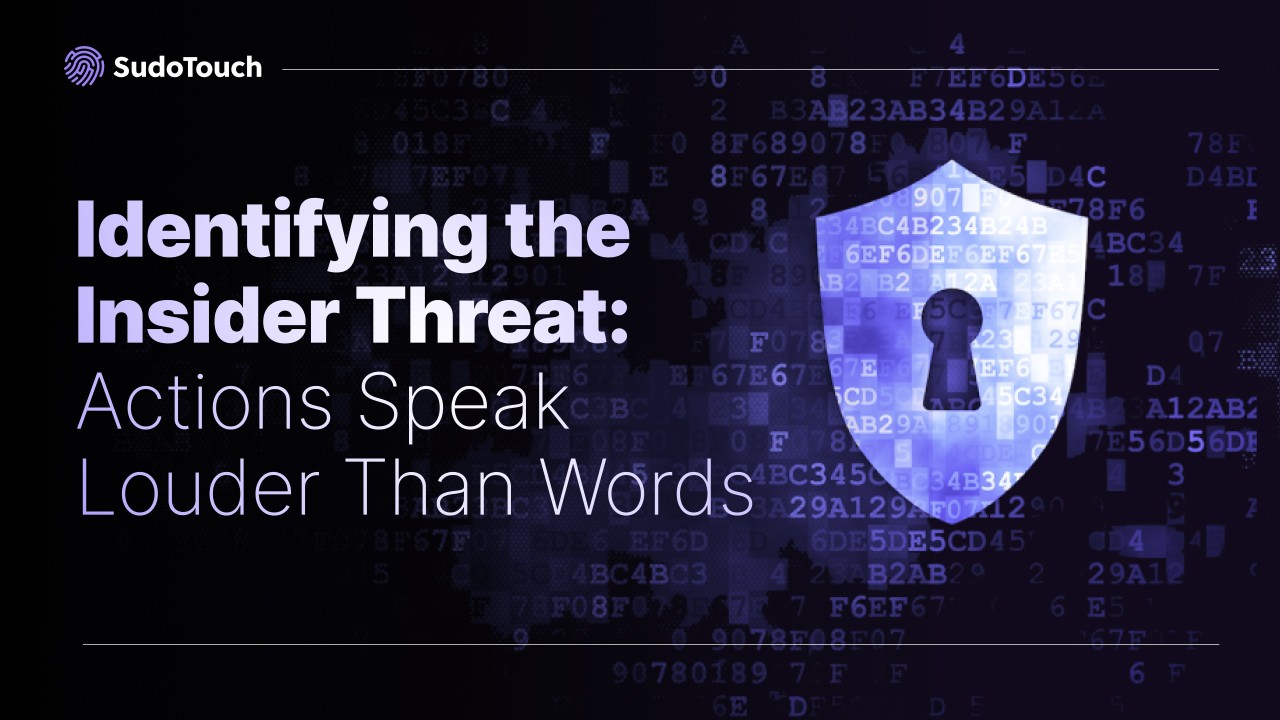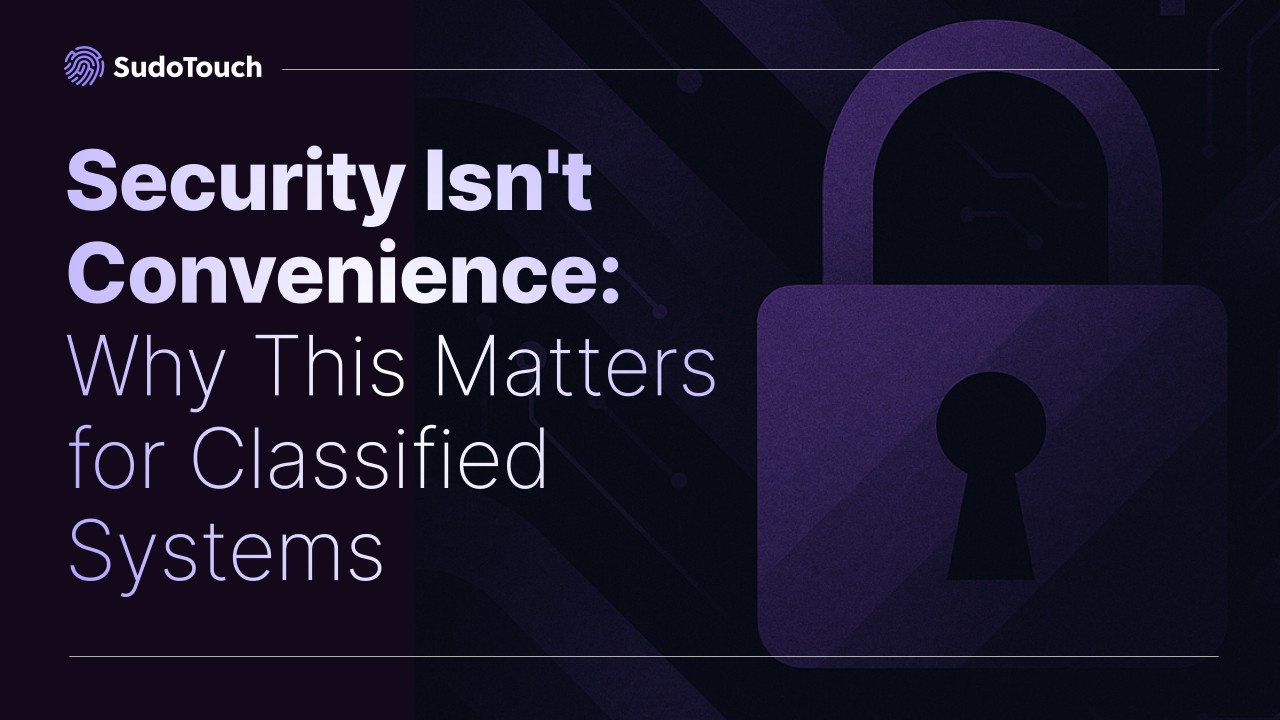In the high-stakes world of industrial security, particularly within cleared defense programs, there’s an uncomfortable truth that security professionals rarely discuss. Sometimes, our greatest asset—human expertise—can be inadvertently undermined by the very tools and processes we rely upon to protect our most sensitive information.
The Expertise Paradox
Industrial security professionals, especially those managing Special Access Programs (SAP) and Sensitive Compartmented Information (SCI), represent some of the most knowledgeable and dedicated experts in the defense industrial base. These professionals have spent decades developing an intricate understanding of security protocols, compliance requirements, and threat detection. Their expertise isn’t just invaluable—it’s irreplaceable. However, a disturbing trend has emerged: The same legacy processes that once served as the backbone of industrial security are now creating unprecedented vulnerabilities, despite the presence of these experts.
The Network Effect in Reverse
Consider this scenario: A facility security officer with 20 years of experience manages personnel security for a major defense contractor. They expertly handle hundreds of TS/SCI nominations annually, maintaining meticulous records and ensuring complete compliance in the scope of their own office. Yet, they’re forced to rely on the efforts of other offices and industry partners who utilize disconnected spreadsheets, legacy databases, and ad-hoc manual processes that haven’t fundamentally changed since the early 2000s.
This creates what we call the “reverse network effect” as more systems become interconnected in the modern defense landscape. While security processes remain isolated with legacy management practices, the gap between operational reality and security capabilities widens exponentially. Thus, creating vulnerable seams that adversaries actively seek to exploit.

The True Costs: Beyond Inefficiency
Outdated security processes don’t just slow operations; they introduce significant financial, operational, and strategic risks.
Current Financial and Program Burden
- Clearance nomination delays averaging 47-60 days
- $800 per day in labor cost and production loss per senior cleared professional
- Increased administrative costs compensating for system inefficiencies
Hidden Security Costs
- Fragmented data visibility across programs
- Increased risk of human error in manual processes
- Delayed threat detection due to information silos
- Compromised audit trails and accountability
Strategic Vulnerabilities
- Reduced ability to identify patterns and insider threats across multiple facilities
- Delayed response to emerging threats
- Increased susceptibility to social engineering
- Impaired capability to implement zero-trust architectures
The Technology Gap: A Growing Threat
Our adversaries aren’t using spreadsheets to track their operations. They’re employing advanced analytics, machine learning, and sophisticated data correlation tools. When our industrial security processes rely on legacy systems, we're essentially bringing outdated tools to an increasingly sophisticated battlefield.
The Path Forward: Augmenting Expertise with Modern Tools
The goal isn’t to replace security professionals—it’s to empower them. A modern industrial security platform should:
- Preserve the nuanced decision-making capabilities of experienced security professionals
- Automate routine compliance tasks to reduce human error
- Provide real-time visibility across all security operations
- Enable rapid response to emerging threats
- Maintain strict compliance with NISPOM, DoDM 5105.21 series, ICD-704, etc.
Taking Action
Security leaders must:
- Assess their current technology stack against modern threat landscapes
- Identify vulnerabilities in legacy security processes
- Develop a modernization roadmap that preserves institutional knowledge
- Implement solutions that enhance—rather than replace—expert decision-making
The Bottom Line
The expertise of industrial security professionals remains our most valuable asset. However, when these experts are forced to operate with outdated tools, we not only diminish their effectiveness—we create vulnerabilities that our adversaries are actively seeking to exploit.
In today’s rapidly evolving threat landscape, modernizing industrial security processes isn’t just about efficiency—it’s about ensuring our experts have the tools they need to effectively protect our nation’s most sensitive information and programs.
Are your Security Processes Creating Hidden Vulnerabilities?
Compare your current operations to our defined processes to identify potential gaps in your current operations. Our resources empower you to build a modernization roadmap that strengthens both efficiency and security resilience.








